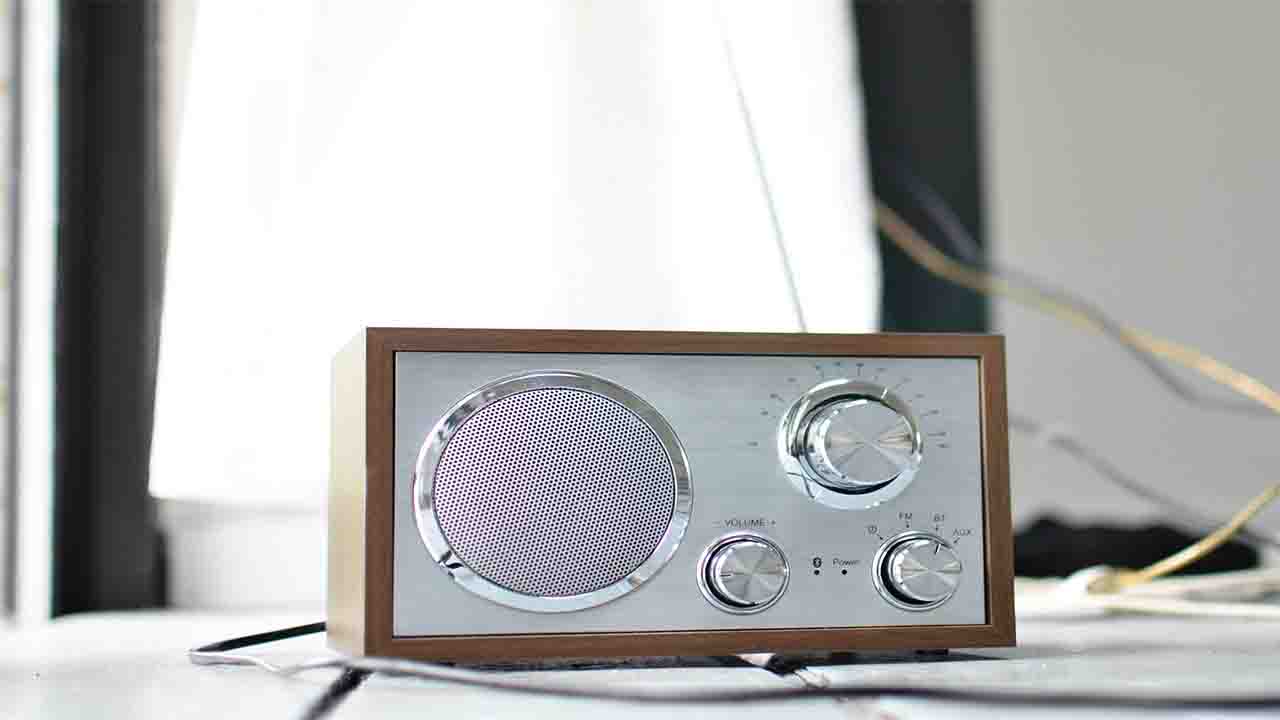Science & Technology (Commonwealth Union) – In 1923, the English physicist and engineer Edward Victor Appleton conducted groundbreaking experiments that confirmed the existence of the ionosphere, a crucial layer in the Earth’s atmosphere responsible for reflecting shortwave signals. This discovery opened new possibilities for global radio communication. The recognition of shortwave’s potential for long-distance communication spurred the establishment of the first shortwave broadcasting stations in the 1920s. The ability to transmit signals over vast distances without relying on expensive and cumbersome transoceanic cables made shortwave an attractive medium for international broadcasters.
In an era dominated by high-speed internet and instant communication, one might assume that traditional forms of radio broadcasting, especially shortwave radio, have become obsolete. However, contrary to popular belief, shortwave radio remains a resilient and relevant technology that continues to play a crucial role in global communication.
Shortwave radio operates on frequencies between 1.6 and 30 MHz, making it capable of long-distance transmission. This unique characteristic allows shortwave signals to refract off the Earth’s ionosphere and travel vast distances, reaching listeners far beyond the transmitter’s immediate location. This global reach has made shortwave radio a vital tool for international broadcasting, especially in regions with limited access to other forms of media.
One of the primary advantages of shortwave radio is its ability to overcome geographical and political barriers. In areas with challenging terrain, such as remote mountainous regions or dense jungles, shortwave signals can penetrate obstacles that might hinder other forms of communication. This makes shortwave an invaluable tool for emergency communication, disaster response, and humanitarian efforts, providing a lifeline when other communication infrastructures fail.
Furthermore, shortwave radio is a cost-effective means of broadcasting to a wide audience. Unlike satellite or internet-based communication, shortwave radio does not require an extensive network of ground stations or expensive infrastructure. This affordability has allowed many countries, especially those with limited resources, to establish and maintain their shortwave broadcasting services.
Shortwave radio’s resilience is evident in its continued use by international broadcasters. Governments, religious organizations, and non-profit entities utilize shortwave to reach audiences in regions with limited access to the internet or where censorship may restrict other forms of media, many broadcasters continue to use shortwave to reach millions of listeners worldwide.
Moreover, shortwave radio has proven indispensable in times of crisis. During natural disasters, armed conflicts, or public health emergencies, shortwave broadcasts provide essential information, such as emergency alerts, medical guidance, and updates on relief efforts. The simplicity of shortwave receivers, which can be battery-powered and portable, makes them ideal for use in emergency situations where access to electricity or the internet may be compromised.
Despite its resilience, shortwave radio has faced challenges in recent decades. The rise of the internet and digital media has led to a decline in shortwave listenership in some regions. Additionally, the proliferation of FM and AM radio, which offer better audio quality for local broadcasting, has contributed to the perception of shortwave as outdated.
However, the unique strengths of shortwave radio continue to ensure its relevance. In an age where concerns about internet censorship and privacy are growing, shortwave radio remains a decentralized and accessible means of communication. It offers a level of independence and freedom that is increasingly rare in the digital landscape. When looking at, shortwave radio’s resilience and continued relevance it stems from its ability to transcend geographical and political boundaries, provide cost-effective global communication, and serve as a lifeline during emergencies. As technology advances, shortwave radio may evolve, but its unique characteristics and enduring value make it an enduring medium in the world of global communication. Whether used for international broadcasting, emergency communication, or reaching remote communities, shortwave radio remains a powerful and versatile tool in the ever-changing landscape of media and








